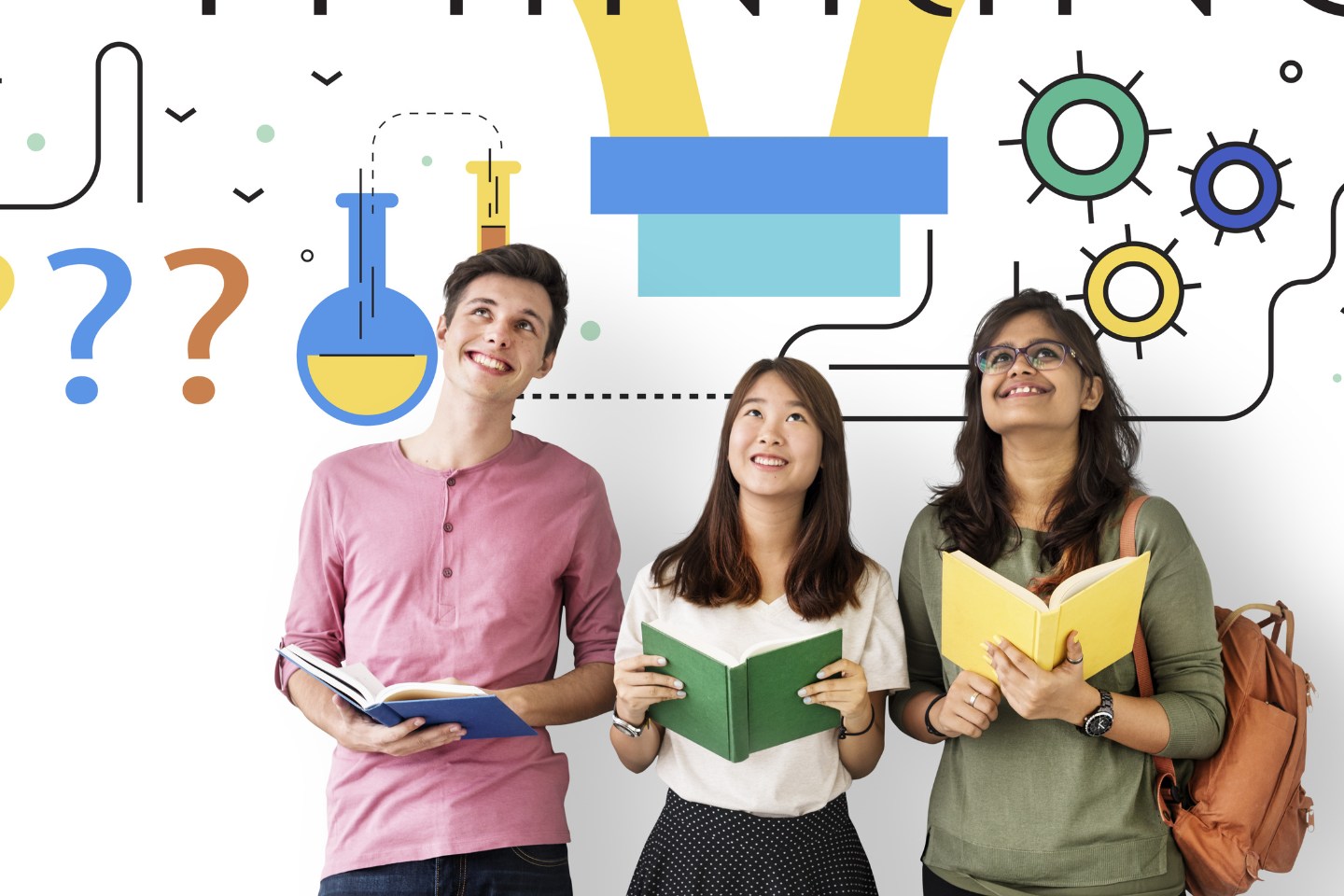
Australian teenagers top creative thinkers, but confidence varies
ACER news 29 Oct 2024 6 minute readAustralia’s 15-year-olds are among the most creative thinkers in the world. A new analysis of results from the Programme for International Student Assessment (PISA) shows us where they have belief in their skills and where they lack confidence.
Australia’s students recorded the equal second-highest achievement in creative thinking among the 64 countries and economies that took part in this assessment in PISA 2022.
It was a contrast with our achievement in PISA’s maths, reading and science assessments, undertaken by 81 countries and economies, where Australian students performed at levels well below those of the overall top performer, Singapore.
In a new report released by the Australian Council for Educational Research (ACER), co-author Catherine Underwood and I share insights on the teaching and learning of this important skill which was measured for the first time in 2022.
We now have a rare insight into the confidence and belief Australia’s 15-year-olds have in their creative abilities – and how principals and teachers have built cultures and environments where it can flourish.
A student’s belief in their creative abilities is fundamental in motivating them to overcome obstacles, so it was exciting to see how strong that belief was in Australia.
Our students expressed a greater belief in their creative thinking abilities than students from Hong Kong (China), Macao (China), Latvia, Estonia, Chinese Taipei, Singapore, Poland, Korea, New Zealand, Finland, Denmark and Belgium, and the OECD average.
As part of a questionnaire, students were asked to express levels of confidence in 10 areas, covering a range of learning and social situations where creative thinking could be applied.
We found that the most confident students (in the top quarter of an index created from their responses) scored 3 points higher on average than students with the least. This is considered a large difference.
From our analysis, we learnt that while girls overall performed 3 points higher in the assessment than boys, many were significantly less confident than boys in applying creative thinking to science and innovation.
More boys than girls expressed confidence in ‘thinking of many good ideas for science experiments’ (57% compared to 43%) and ‘inventing new things’ (55% compared to 44%).
In thinking about science, technology, engineering and maths (STEM) subjects, it is interesting to look at our PISA reports over time. Girls have shown persistently lower levels of confidence than boys in maths and had lower performance in maths in 2022 but there was no difference in their science achievement levels in PISA 2022.
Two areas where a greater proportion of girls than boys showed confidence was in ‘coming up with many good ideas for helping people in need’ (75% compared to 69%) and ‘making creative drawings’ (58% compared to 52%).
Being a creative thinker means you’re more likely to see things from different perspectives, adapt and innovate. These traits can make you a better problem solver – and that becomes more important as challenges in life get bigger.
Despite the exemplary performance of Australia’s students overall in creative thinking, some of the differences around equity that persist across our PISA analyses were still on display when looking at their confidence.
It was disappointing to see the lower confidence in their creative thinking abilities that disadvantaged students expressed compared to those from more advantaged backgrounds.
Fewer student from disadvantaged backgrounds than advantaged backgrounds felt confident about addressing social problems like pollution (50% compared to 72%), coming up with creative ideas for school projects (60% compared to 76%), thinking of many ideas for solving disagreements with people (67% compared to 81%) and thinking of many good ideas for science experiments (43% compared to 57%).
However we found strong signs of positive cultures to foster creative thinking among students in regional and remote areas, who tend to perform at a lower level than those in cities in PISA assessments.
A higher proportion of students in remote and regional schools had principals who felt their teachers valued students’ creativity. Similarly, a higher proportion of principals in remote schools than those in major cities reported that ‘class activities help students think about new ways to solve complex tasks’.
And it was encouraging that the belief Australian teachers had in the importance of developing student creativity was not influenced by the level of advantage in their school or whether it was in a city, region or remote area.
The perspectives that students, teachers and parents have provided in the PISA Creative Thinking assessment will help inform the way these important skills can and should be developed through education.
Learn more
Read the full report PISA 2022 Assessing creative thinking for a better future
See more of Australia's results in PISA
Read Teaching creative thinking: 6 considerations for practice